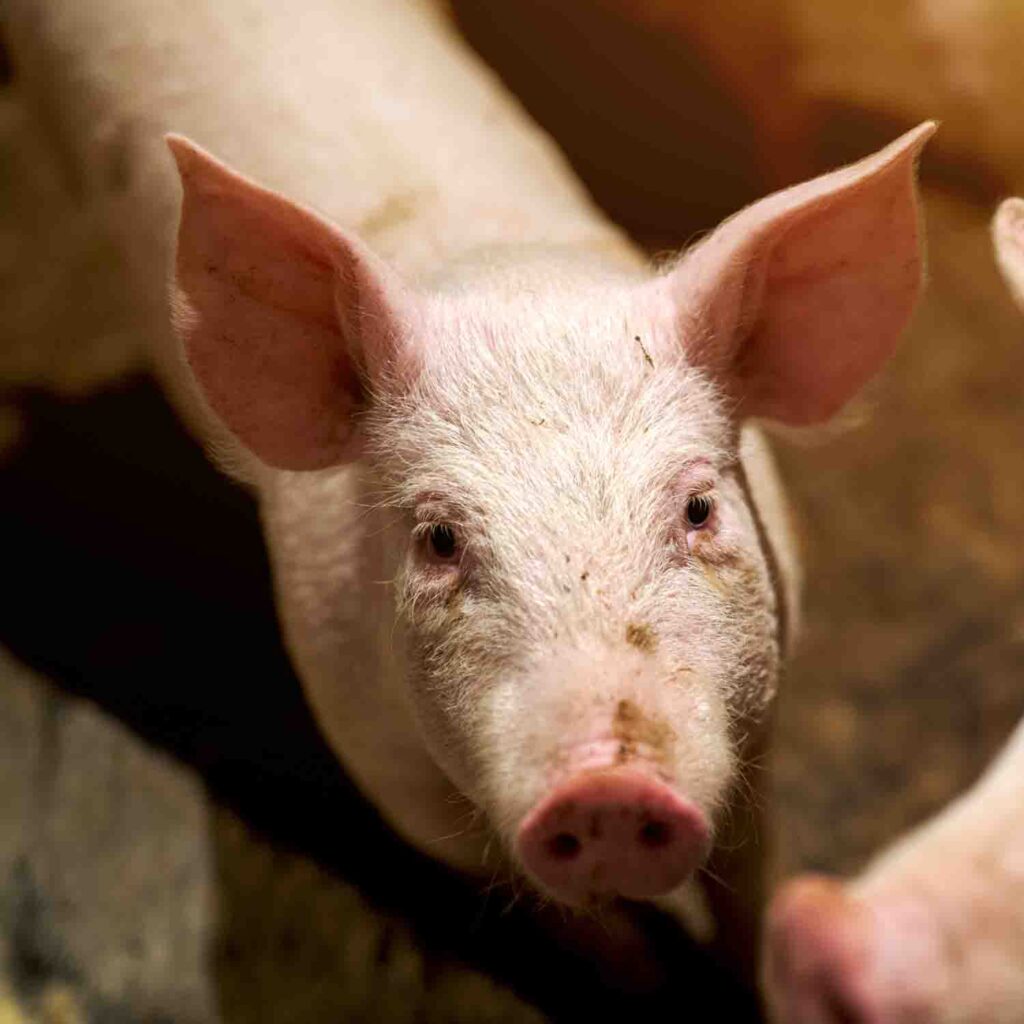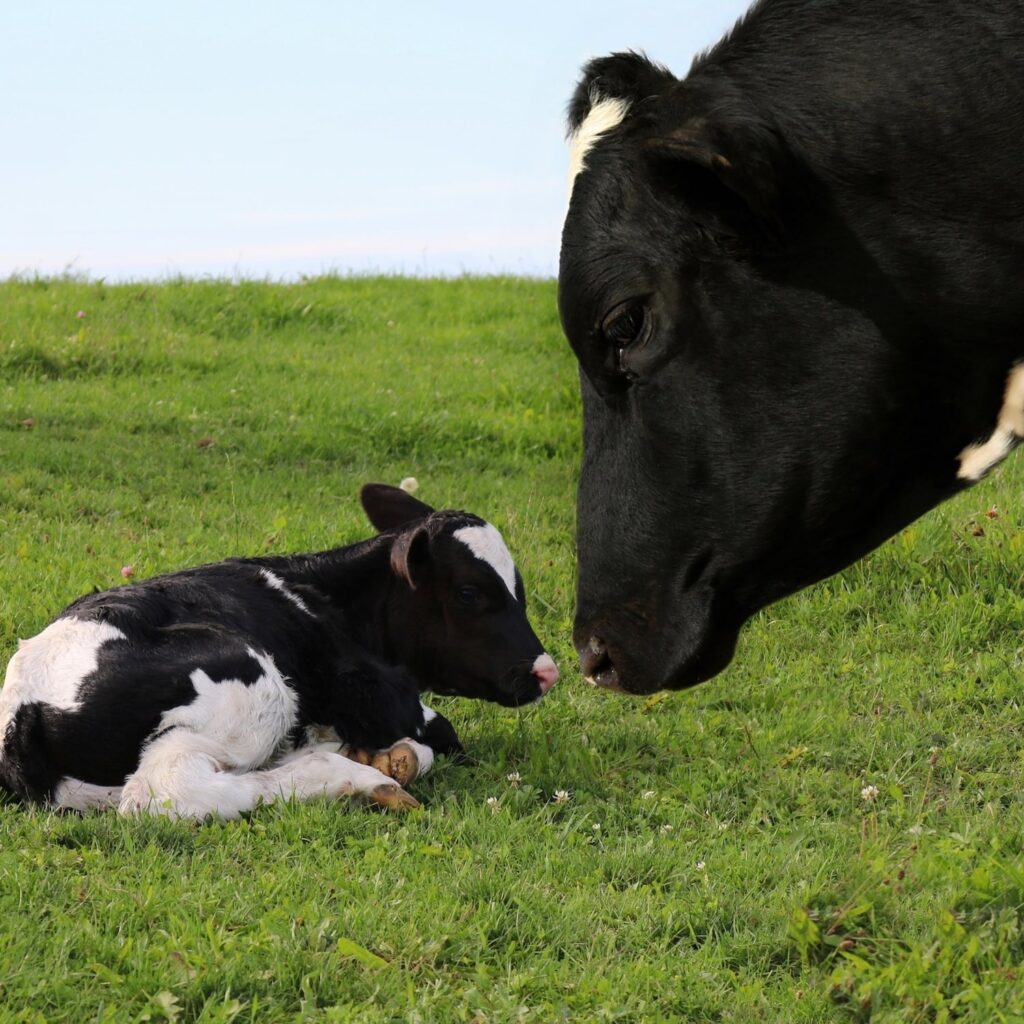The Type A H5N1 virus, commonly known as “avian flu” or “bird flu,” has spread from chicken and hen farms to dairy facilities across the nation. The latest developments have left dairy consumers wondering whether their morning glasses of milk are safe to consume–and whether humans could be infected next.
Eight U.S. states have reported dairy farm outbreaks: New Mexico, Texas, Kansas, Idaho, Michigan, Ohio, North Carolina, and South Carolina.1 A Texas dairy farm worker was also diagnosed with the virus.2
Experts have recorded “high concentrations of virus” in dairy products, leading many to suspect milking machinery may play a role in its spread. Scientists have further noted that if the virus continues to evolve–as pathogens tend to–more humans could become infected.3
Meanwhile, the nation’s largest fresh egg producer recently paused operations due to rampant disease among its chickens and hens.4 The avian flu has been raising alarm for years, with the Center for Disease Control and Prevention (CDC) recording almost 86 million cases among birds in the United States since 2016.5
The rise of zoonoses
Zoonotic diseases–or zoonoses–are diseases that spread from animals to humans, often through blood, excrement, and bodily fluids.
COVID-19, SARS (Severe Acute Respiratory Syndrome), MERS, Ebola, and H1N1 (swine flu) are all confirmed or suspected to have originated in animals. In fact, according to the World Health Organization, 75% of new or emerging infectious diseases have zoonotic origins.6
Factory farms–where pigs, chickens, cows, and other animals are held in overcrowded, unsanitary conditions–are primed for the spread of such diseases. Stress weakens animals’ immune systems, further accelerating outbreaks.
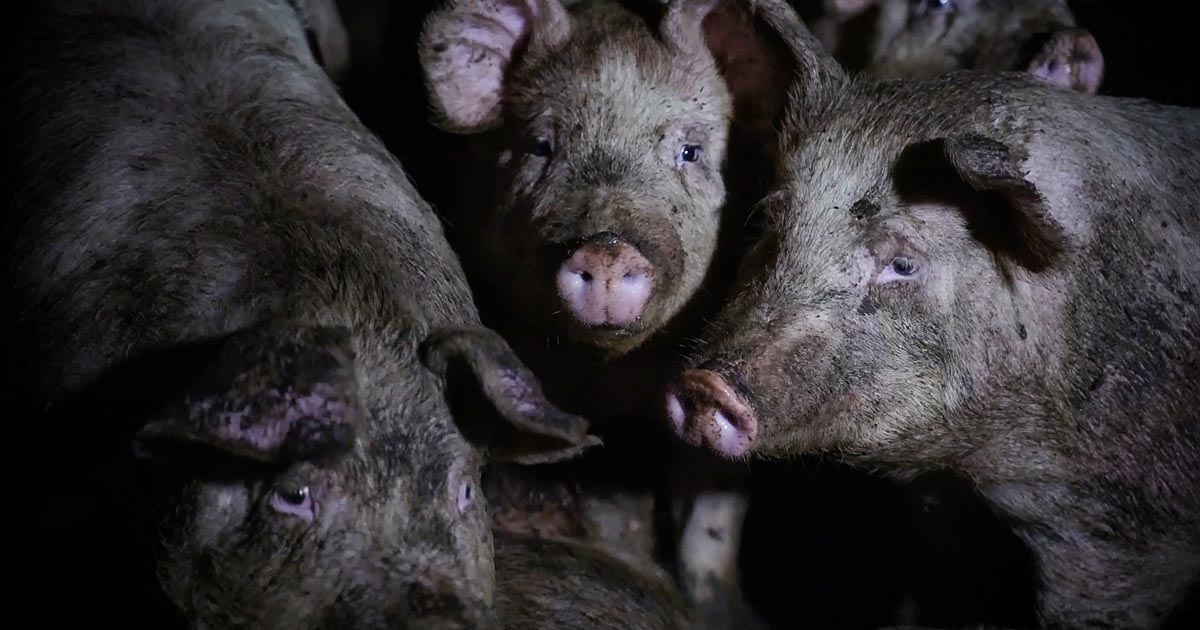
Animal Equality’s investigators have filmed unsanitary conditions in factory farms and slaughterhouses around the world. Concerning findings include:
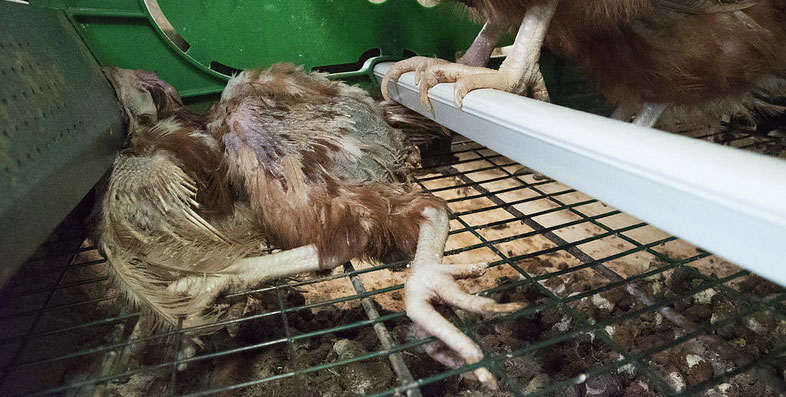
- Workers violently forcing sticks into buffaloes’ genitals, causing bleeding wounds
- Pigs suffering from prolapsed uteruses, hernias, and pus-filled wounds
- Dead ducks and geese left on foie gras farm floors
- Cannibalism among pigs
- Inexperienced dairy farm workers illegally administering Oxytocin, a hormone used to stimulate milk production
- Pigs kept amidst blood, feces and organs
- Workers rinsing dirty meat with buckets of water

Preventing the next pandemic
While crowded, unsanitary factory farms allow zoonoses to spread, you could help prevent the next outbreak. Join over 100,000 people in signing Animal Equality’s petition to ban factory farming in the United States.
You can end this cruelty! Please sign our petition calling for ending factory farming in the United States.
You can also protect yourself from unsanitary meat, dairy, and eggs by replacing animal products with plant-based proteins. Discover how you can get started by downloading your copy of the Love Veg digital cookbook.
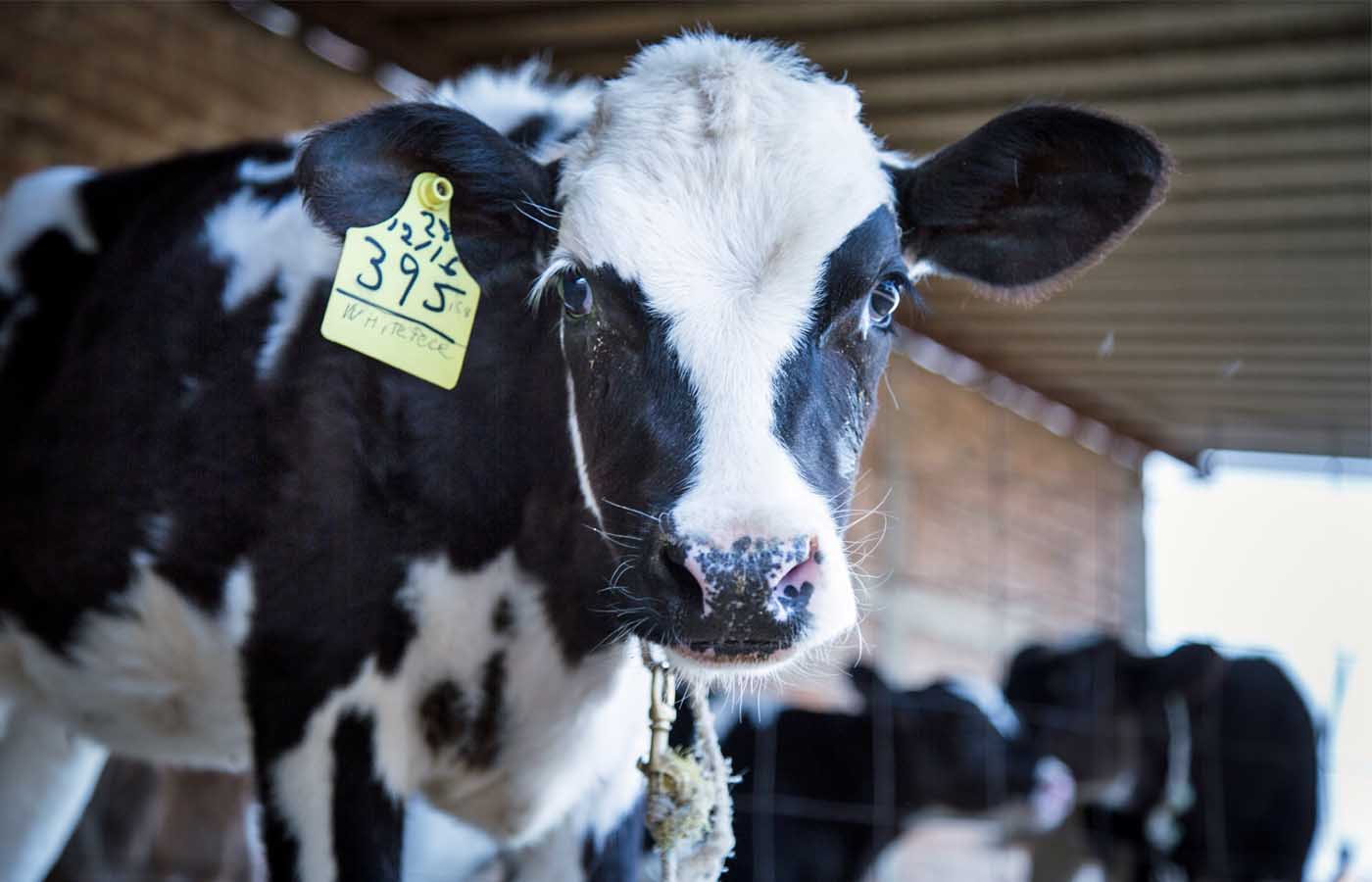
DEFEND MOTHERHOOD
A cow’s maternal instincts foster a gentle bond with her vulnerable calf.
Preserve this tender relationship by choosing plant‑based alternatives to dairy products.
- Aleccia, J. (2024, April 13). Bird flu is spreading to more farm animals. Are milk and eggs safe? AP News. https://apnews.com/article/bird-flu-h5n1-food-raw-milk-dairy-9d3a579b9bdb6f4d879b14b153174102
- Wen, L. S. (2024, April 16). Why the spread of bird flu to a Texas dairy worker is so alarming. The Washington Post. https://www.washingtonpost.com/opinions/2024/04/16/bird-flu-human-case-cattle/
- Stone, W. (2024, April 11). Bird flu spread cattle mutations respiratory human risk. NPR. https://www.npr.org/sections/health-shots/2024/04/11/1243954362/bird-flu-spread-cattle-mutations-respiratory-human-risk
- Miller, K. (2024, April 2). The largest fresh egg producer in the US has found bird flu in chickens at a Texas plant. AP News. https://apnews.com/article/bird-flu-texas-mississippi-chickens-dbae49f8786dda586036c1b86b9d0997
- Centers for Disease Control and Prevention. (2024, April 10). H5N1 Bird Flu Detections across the United States (Backyard and Commercial). CDC. https://www.cdc.gov/flu/avianflu/data-map-commercial.html
- World Health Organization. (2023, October 23). One Health. WHO. https://www.who.int/news-room/fact-sheets/detail/one-health

